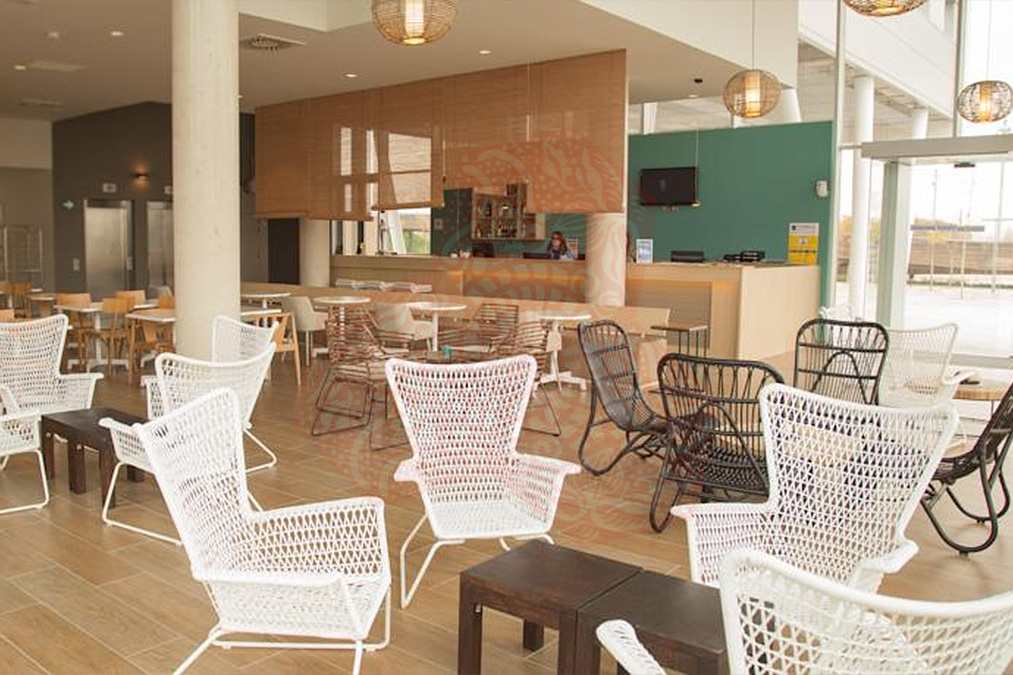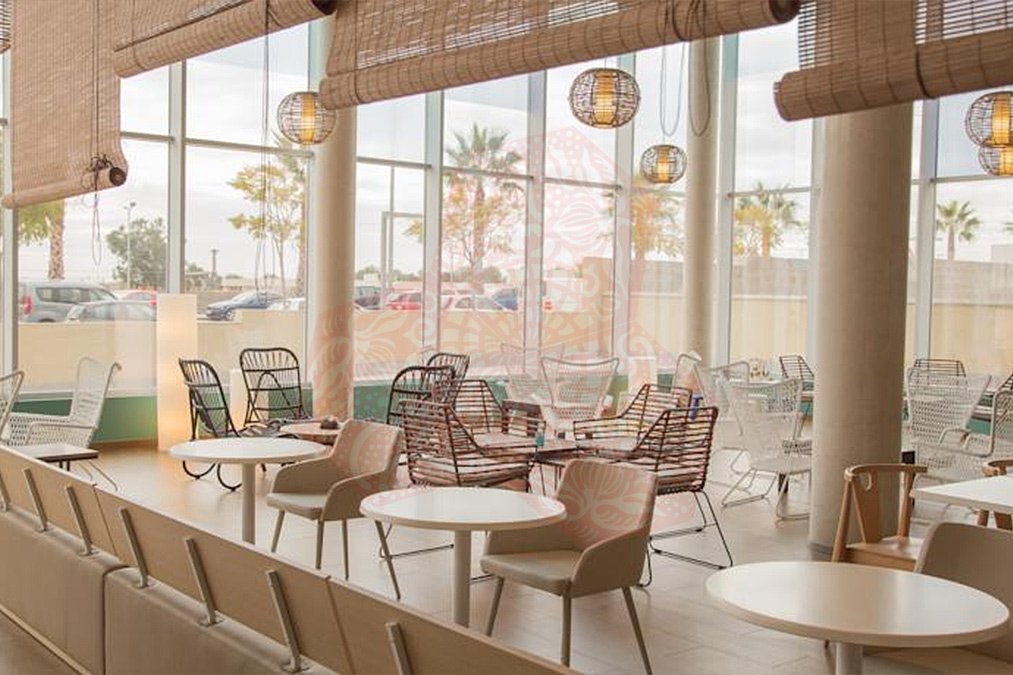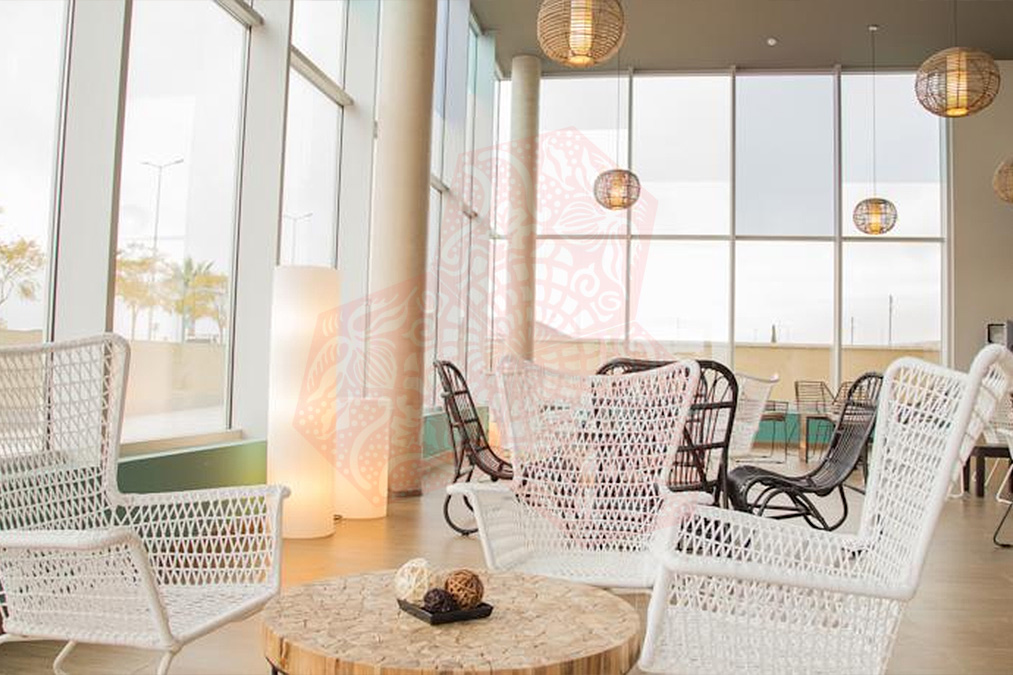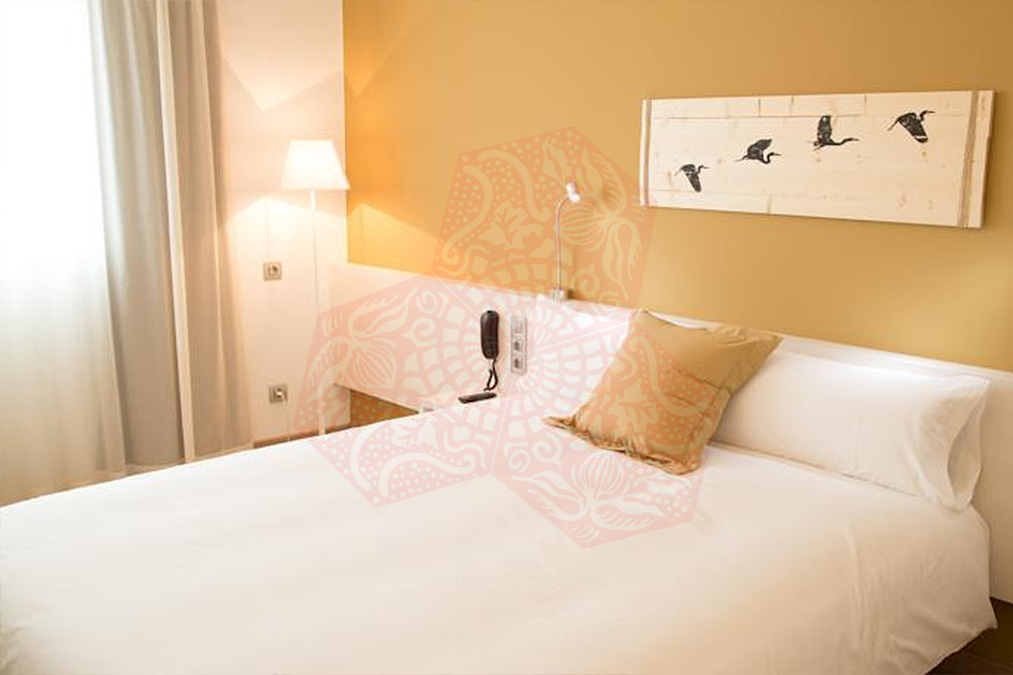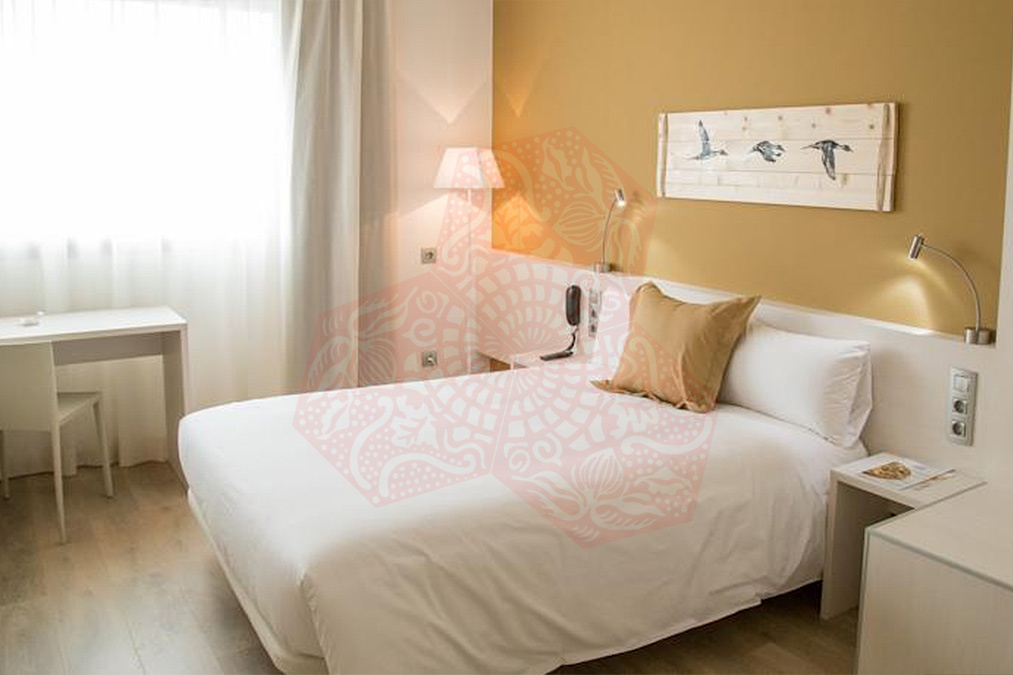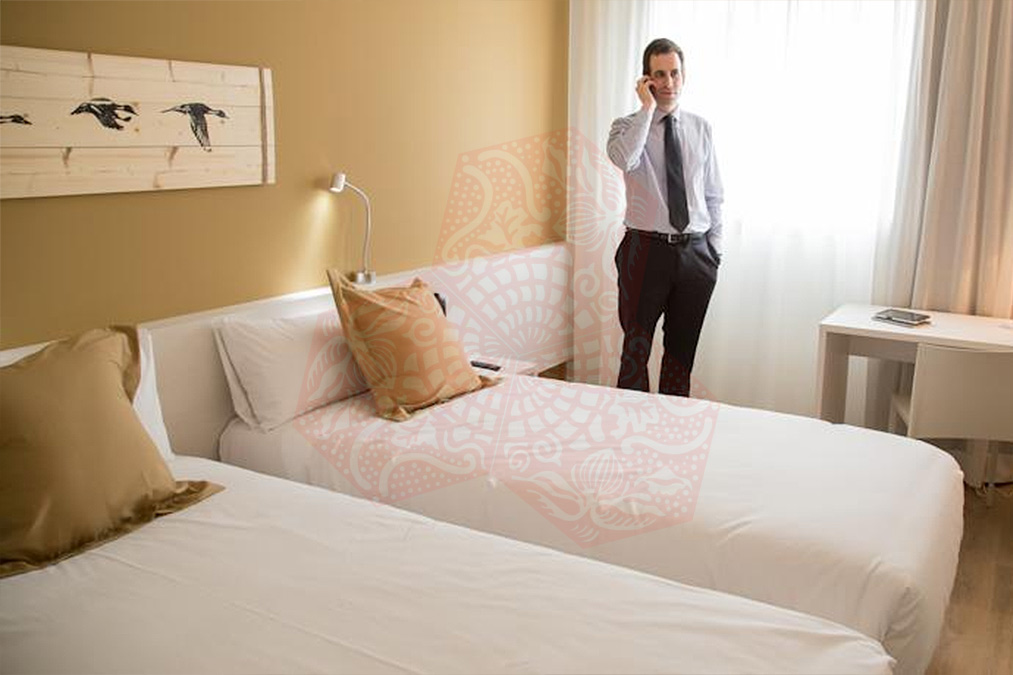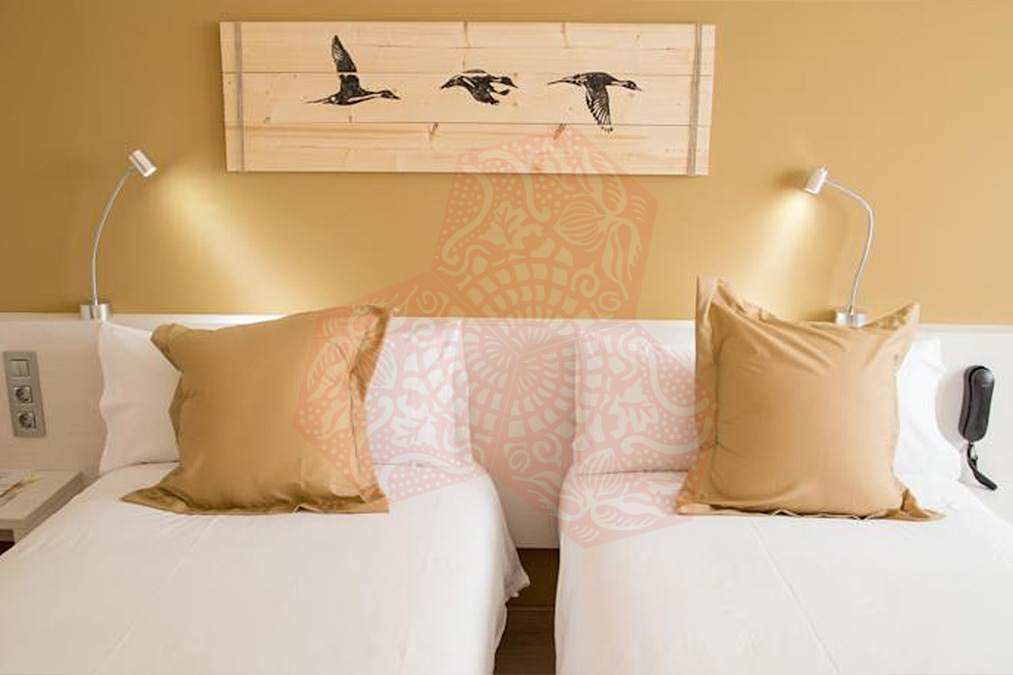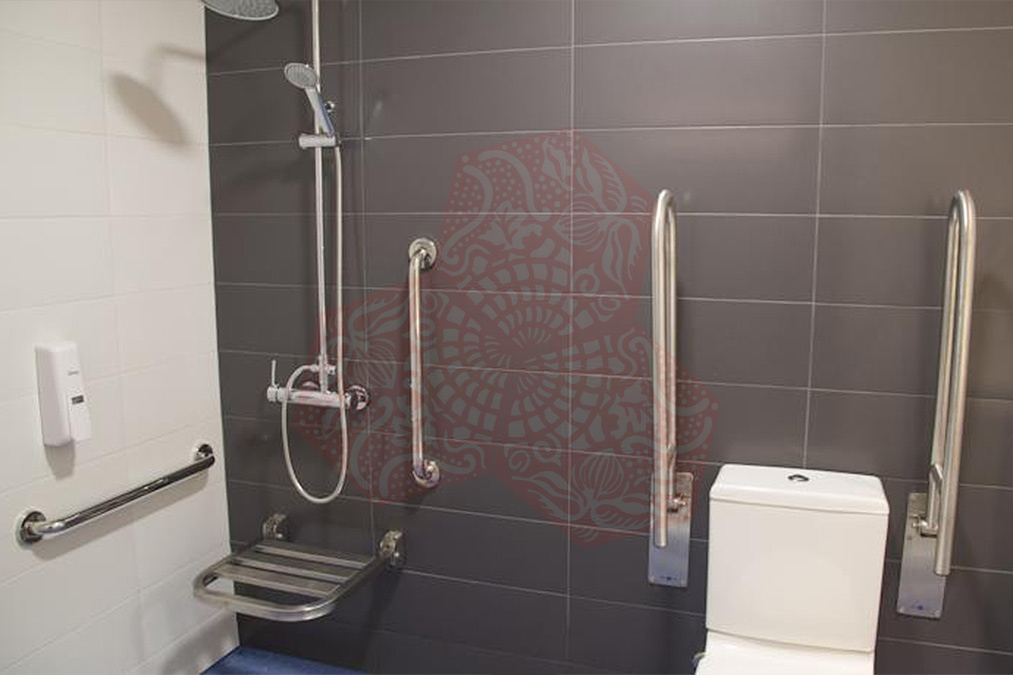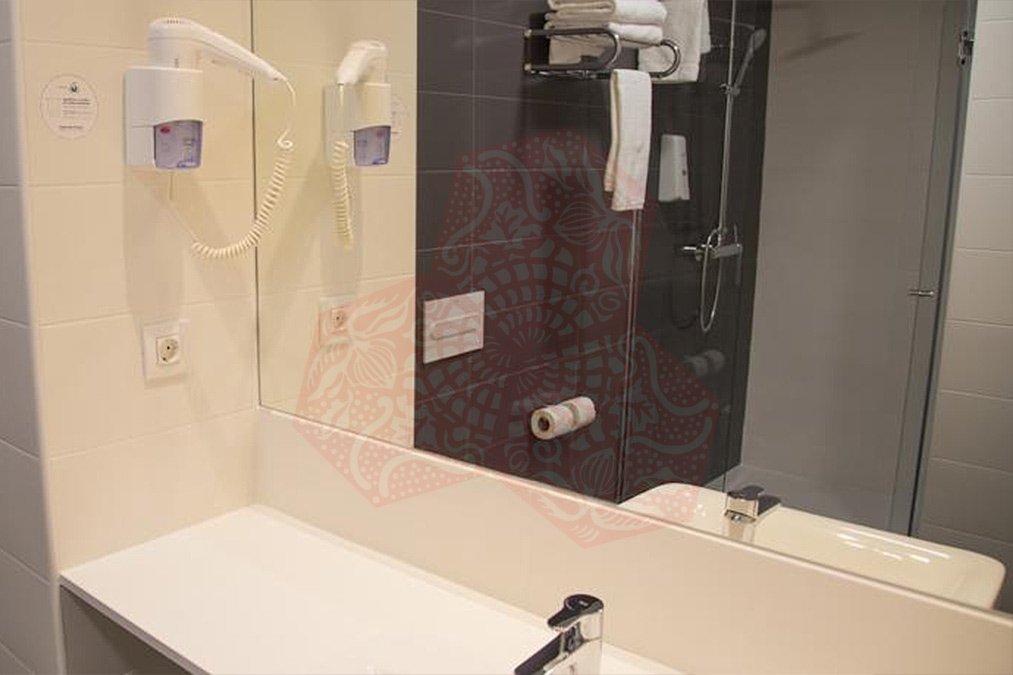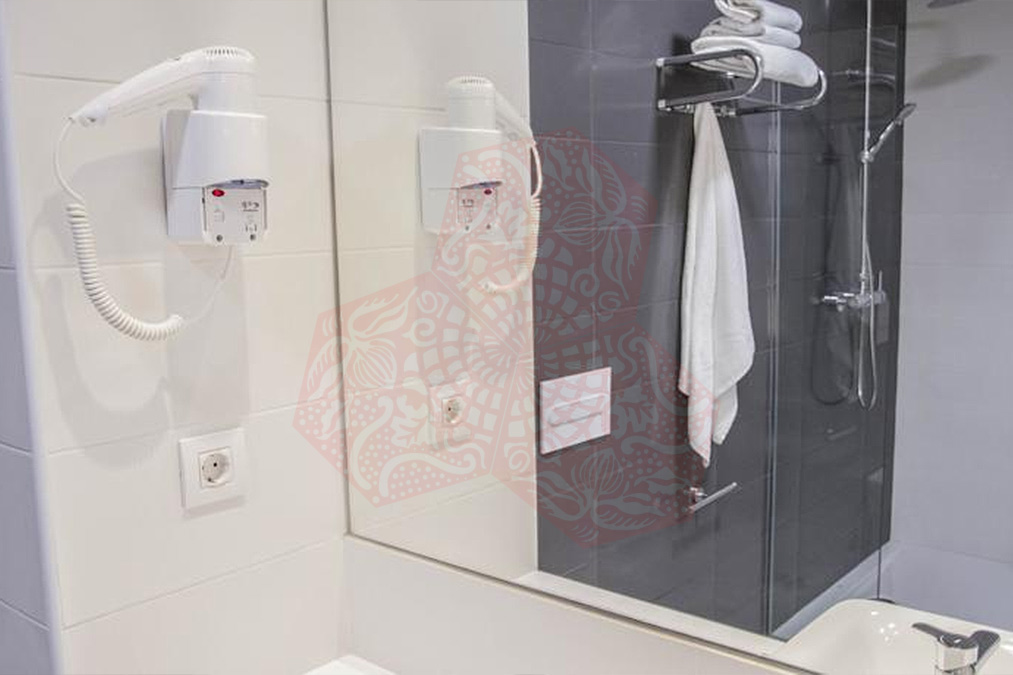BCN HOTEL VILADECANS PALME
The BCN HOTEL VILADECANS PALME in Viladecans, Barcelona is the ideal place to stay, be it for business or pleasure due to its great location and easy access to the centre of Barcelona, Fira Gran Via, Fira Montjüic and Barcelona El Prat Airport.
The hotel is located next to the C-32 highway and in front of the train station in Viladecans, only 15 minutes away from Sants Station in central Barcelona and Fira Gran Via home of the Mobile World Congress.
The main business districts of El Prat, Castelldefels, Gava and Sant Boi are also located just a few minutes away.
BCN HOTEL VILADECANS PALME offers free high-speed Wi-Fi throughout and free onsite parking with direct access to the hotel’s hall.
The bright, soundproofed rooms have air conditioning and heating, as well as LED TVs and a work desk. The private bathrooms have a hairdryer. A pillow menu and 2 types of mattresses are available upon request.
Trаnѕроrtаtіоn
Clоѕеѕt train stop: Viladecans Renfe
Rooms:
Standard Rооm – 1 dоublе bеd
Twin Room – 2 single beds
Cancellation / Prepayment
Cancellation and prepayment policies vary according to room type.
Children and extra beds
All children are welcome.
Free! One child under 2 years stays free of charge in a child's cot/crib.
One child from 3 to 12 years is charged EUR 19 per person per night in an extra bed.
One older child or adult is charged EUR 38 per person per night in an extra bed.
The maximum number of extra beds/children's cots permitted in a room is 1.
Any type of extra bed or child's cot/crib is upon request and needs to be confirmed by management.
Supplements are not calculated automatically in the total costs and will have to be paid for separately during your stay.
Pets
Pets are not allowed.
Accepted credit cards
American Express, Visa, Mastercard
Check-in time
14:00
Check-out time
12:00
Facilities
- Air Conditioning
- Airport Shuttle Service
- Audio/Video Capabilities
- Baby Cot
- Catering services
- Coffee Machine
- Desk
- Hairdryer
- Heating
- Ironing Facilities
- Kettle
- Lift
- Lounges/bars
- Parking
- Private Bathroom
- Restaurant
- Safety Deposit Box
- Shower
- TV
- WiFi
Internet
Free! WiFi is available in all areas and is free of charge.
Parking
Free! Free private parking is possible on site (reservation is not needed).
L’Hospitalet de Llobregat

L’Hospitalet de Llobregat (in Catalan), or Hospitalet de Llobregat (in Spanish),[a] often shortened to L’Hospitalet, is a municipality to the immediate southwest of Barcelona in Catalonia, Spain.
By population, it is the second largest in Catalonia and the sixteenth in Spain. By population density, is notable for being one of the most densely populated cities in the European Union.
The first records of the settlement date to the Neolithic era with artefacts showing human habitation in the Llobregat river area. Roman artefacts have been found dating to the 2nd century BC such as a funeral decoration representing the head of Medusa now in the archaeological museum of Barcelona. However it is not until the 10th century that written references to Provençana (the city’s original name) appear. The current name originates from the Catalan language and derives from a hostel next to the Church Saint Eulalia of Provençana (Santa Eulàlia de Provençana) used by pilgrims in the Middle Ages. The city retained the character of a village until the 19th century when the first textile factories were built causing a population boom.[citation needed] The 1960s and 1970s saw a second population boom, caused by immigration from poorer regions of Spain: however this was not matched by construction of the necessary amenities and it was only in the 1990s that public investment resulted in additional schools, leisure facilities and housing.
The Swedish painter and former anarchist, later convert to Islam, ‘Abd al-Hādī ‘Aqīlī, formerly known as Ivan Aguéli, died there, being killed by a train, in 1917.
The main reason people would choose to stay in this area is to attend a tradeshow or exhibition at Fira Gran Via, which was located in L’Hospitalet as part of the regeneration of the area.
Read more
We are sorry, there are no reviews yet for this accommodation.

